Due ipogei sacri per il culto delle acque. Santa Maria in Stelle in Valpanténa e San Salvatore del Sinis
Abstract
L’insufficienza d’acqua sta diventando un problema sempre più difficile da gestire. Lo squilibrio tra la domanda e l’offerta crea problemi crescenti e di difficile soluzione e richiederebbe strategie adeguate. Proteggere le risorse esistenti nel sottosuolo dovrebbe essere la priorità che richiede un’adeguata strategia di conservazione. In primo luogo bisognerebbe salvaguardare l’acqua dalle contaminazioni organiche e chimiche, per questa ragione sarebbe opportuno prendere adeguate misure preventive di protezione.
Poiché è sempre più importante conoscere l’eredità del passato e al fine di promuovere la conoscenza del patrimonio storico-artistico che valga soprattutto come insegnamento ho inteso proporre l’analisi comparativa tra due strutture sotterranee: l’ipogeo di San Salvatore a Cabras e quello di Santa Maria in Stelle a Verona. Le due strutture furono realizzate per salvaguardare l’acqua, nel momento in cui la sua funzione non era solo vitale ma benefica e curativa di ogni malattia, da quella fisica a quella psichica. L’ipogeo di San Salvatore è il più antico, i documenti testimoniano del culto - in esso praticato sin dall’epoca nuragica - trasformatosi da pagano a cristiano nel IV sec. d.C., quello di Santa Maria in Stelle è stato costruito nel III sec. d.C., com’è ampiamente documentato. L’analisi dei manufatti - attraverso i disegni di rilievo e le immagini grafiche – potrà evidenziarne affinità e differenze prendendo in considerazione forme, dimensioni e articolazioni degli spazi.
Two Sacred Hypogea for the Cult of Water. Santa Maria in Stelle in Valpanténa and San Salvatore in Sinis
It is well known that water shortage has become an increasingly difficult problem to manage. The imbalance between supply and demand has generated a problem that requires lots of careful strategies. The first strategy should be protecting groundwater resources and water conservation. Taking preventative measures by protecting groundwater resources from contamination is an important aspect of water conservation, and an important lesson can be learnt from the distant past.
In order to promote the knowledge of qualitatively significant elements of cultural heritage, this paper suggests a comparative analysis of two sacred hypogea, with the aim of highlighting their similarities and differences. The first one is the hypogeum of San Salvatore in Cabras and the second one is Santa Maria in Stelle in Verona. Both were built as water was the most important natural element for human life and for overcoming concerns and worries about illnesses, and to improve health benefits or to help people who were suffering from depression or other disorders. The first hypogeum is the most ancient. It was built as a pagan shrine for the cult of water (for the primitive ‘nuragico’ cult use), and it endured during the Punic and Roman age until its restoration in the time of Constantine (4th century AD). The second one was built in the 3rd century AD.
The similarity and diversity between them was emphasised, through survey drawings and graphic images taking shapes, dimensions, and spaces distribution into consideration.
Parole chiave
Full Text
PDFDOI: https://doi.org/10.14633/AHR151
Refback
- Non ci sono refbacks, per ora.
Copyright (c) 2019 Gabriella Curti

This work is licensed under a Creative Commons Attribution-NonCommercial 4.0 International License.
........................................................................................................................................................................................................................................................................................................................................................
ArcHistoR è una rivista open access e peer reviewed (double blind), di Storia dell’architettura e Restauro, pubblicata con cadenza semestrale dall'Università Mediterranea di Reggio Calabria (Laboratorio CROSS - Storia dell'architettura e Restauro, dAeD - Dipartimento di Architettura e Design).
ISSN 2384-8898
![]()

Comitato scientifico internazionale
Maria Dolores Antigüedad del Castillo-Olivares, Monica Butzek, Jean-François Cabestan, Alicia Cámara Muñoz, David Friedman, Alexandre Gady, Jörg Garms, Miles Glenndinning, Mark Wilson Jones, Loughlin Kealy, Paulo Lourenço, David Marshall, Werner Oechslin, José Luis Sancho, Dmitrij O. Švidkovskij
Comitato direttivo
Tommaso Manfredi (direttore responsabile), Giuseppina Scamardì (direttrice editoriale), Antonello Alici, Salvatore Di Liello, Fabrizio Di Marco, Paolo Faccio, Mariacristina Giambruno, Bruno Mussari, Annunziata Maria Oteri, Francesca Passalacqua, Edoardo Piccoli, Renata Prescia, Nino Sulfaro, Fabio Todesco, Guglielmo Villa
 .
. 


2.jpg)
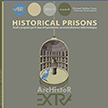
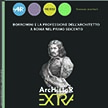
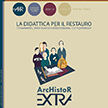

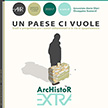
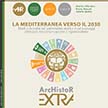
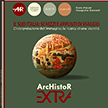
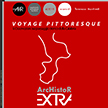
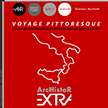
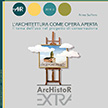
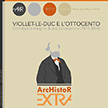
_2.jpg) .
. 
 .
. 

